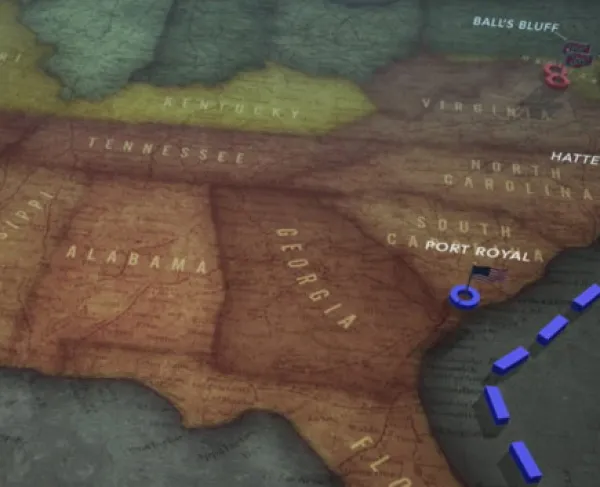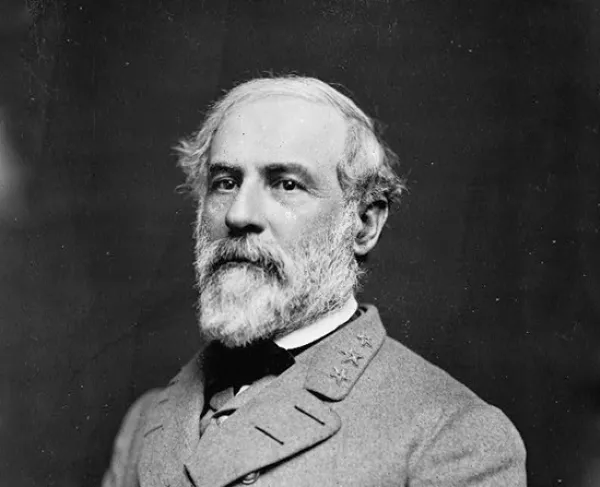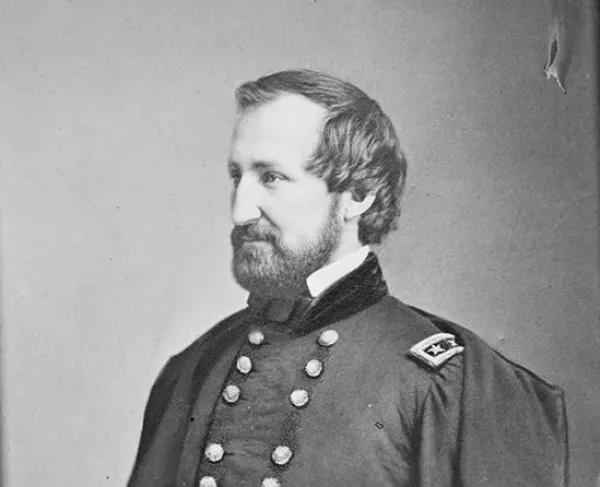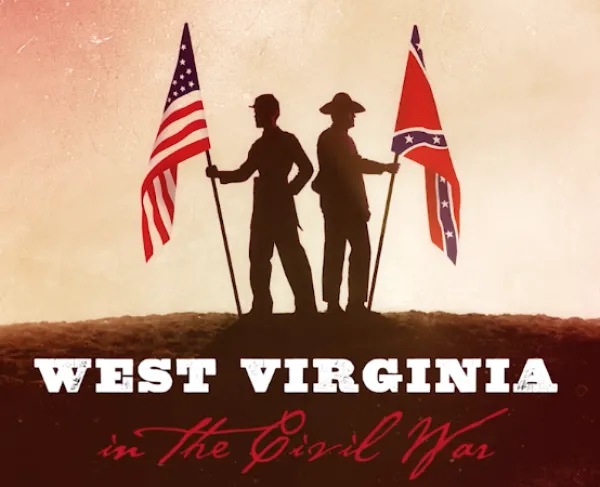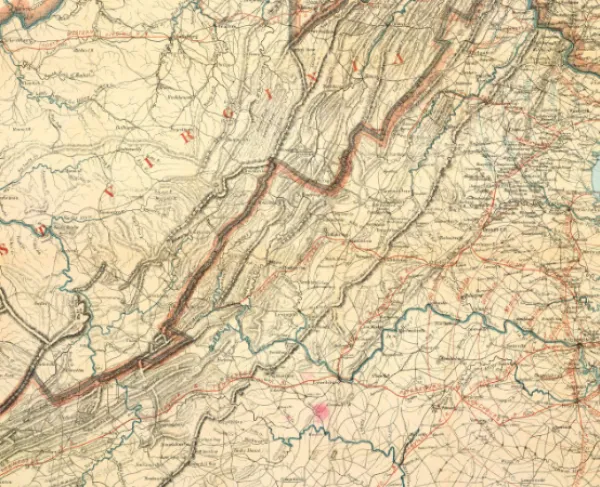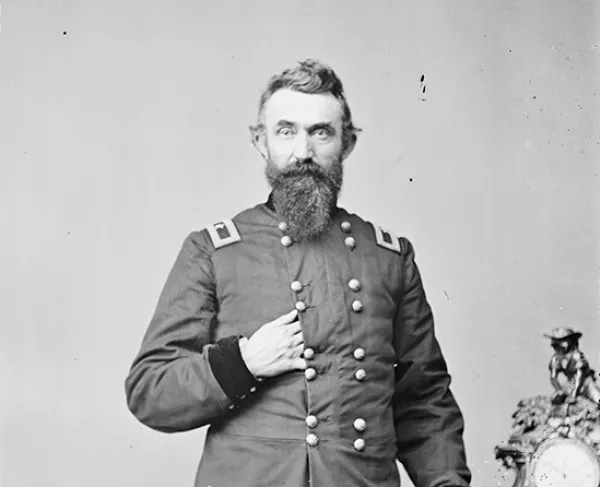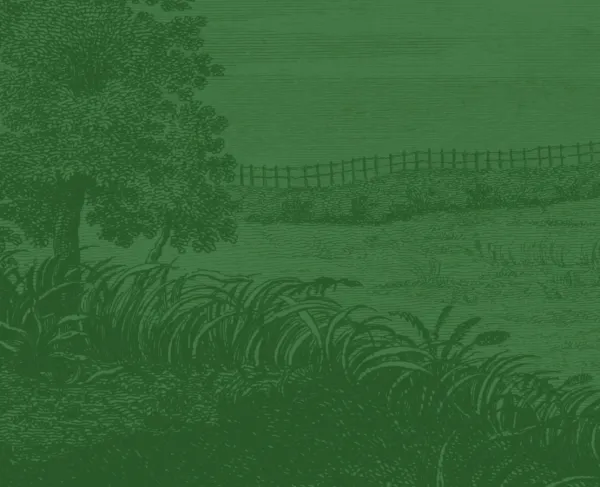
Cheat Mountain
Cheat Summit Fort
Pocahontas, WV | Sep 12 - 15, 1861
In his first of many offensive campaigns of the Civil War, Confederate President Jefferson Davis sent Gen. Robert E. Lee to protect vital railroads and regain lost Confederate territory in Western Virginia to halt the statehood movement there. He would support Brig. Gen. William Loring in commanding the Department of Northwestern Virginia. At the same time, Union Brig. Gen. William S. Rosecrans, in charge of the Department of Ohio, ordered Brig. Gen. Joseph J. Reynolds to defend the Staunton and Parkersburg Turnpike in the Cheat Mountain district. Reynolds had about 1,800 men. The 14th Indiana, commanded by Col. Nathan Kimball, held Fort Milroy (also known as Cheat Summit Fort) on the side of Cheat Mountain. Three other regiments remained at Camp Elkwater, Reynolds’ headquarters, in the Tygart River Valley.
Lee’s plan was for a two-pronged, simultaneous attack on both forts. The three Confederate brigades that attacked Cheat Summit Fort on September 12 had to contend with limited visibility due to poor weather conditions, a defending force that knew the terrain well, and poor coordination between each brigade; during the battle, each brigade acted independently and never made contact with each other. The 14th Indiana, comprised of about 300 men, put up a stubborn defense that was so aggressive that Confederate commanders believed the force was much larger than it was in reality. Daunted by these odds, they withdrew. At the same time, three more Confederate brigades were attacking Camp Elkwater, but the camp’s well-prepared entrenchments allowed for a solid Federal defense. Lee soon called off the entire attack. He maneuvered in the area before withdrawing to Valley Mountain on September 17.
The battle yielded minor casualties and little impact on the campaign and the war, as both sides’ positions changed little. One of the casualties was Confederate Col. John A. Washington, George Washington’s great grandnephew, killed while scouting on the Union right. Lee was recalled to Richmond at the end of October after accomplishing little, his first offensive campaign largely a failure.
Cheat Mountain: Featured Resources
All battles of the Operations in Western Virginia - June-December 1861 Campaign
Related Battles
5,000
3,000
88
120
